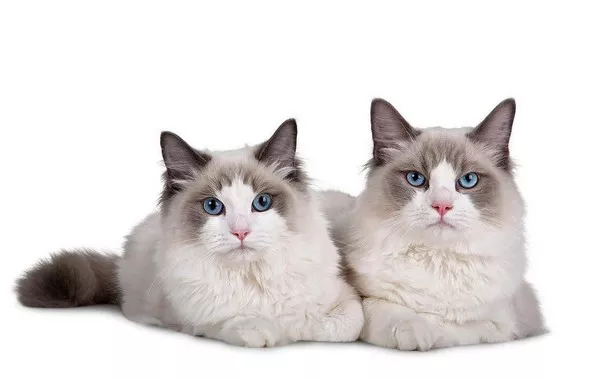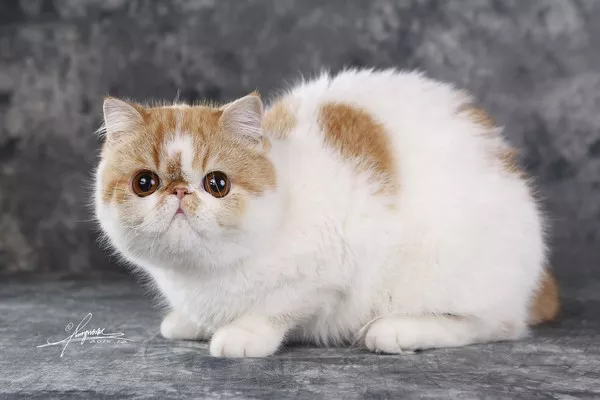Bengal cats have captivated pet enthusiasts with their wild appearance and playful personalities. Within the Bengal cat community, distinctions are made between different generations, particularly F2 and F3 Bengals. Understanding these differences is essential for prospective owners seeking the perfect feline companion. In this article, we delve into the characteristics, genetics, behavior, legal aspects, breeding practices, health considerations, care requirements, suitability as pets, and cost and availability of F2 and F3 Bengal cats.
Definition of F2 and F3 Bengal Cats:
The filial system of classification categorizes Bengal cats based on their generation removed from the Asian Leopard Cat (ALC). F2 Bengals are two generations removed from the ALC, meaning one of their grandparents is an ALC. F3 Bengals are three generations removed, with one great-grandparent being an ALC. The filial system provides insights into the genetic lineage of Bengal cats, influencing both their physical attributes and behavioral traits.
Genetic Makeup:
The genetic composition of F2 and F3 Bengals significantly influences their characteristics. F2 Bengals typically inherit around 25% ALC genes, resulting in a closer resemblance to their wild ancestors. This higher percentage of ALC genes can contribute to distinctive coat patterns, muscular builds, and a more energetic temperament compared to domesticated cats.
In contrast, F3 Bengals have a lower percentage of ALC genes, approximately 12.5%. While still exhibiting some wild traits, F3 Bengals often display a more balanced combination of wild and domestic characteristics. They may possess a softer coat, milder temperament, and adapt more readily to indoor environments.
Physical Characteristics:
One of the most noticeable distinctions between F2 and F3 Bengals lies in their physical appearance. F2 Bengals tend to have larger, more muscular bodies, reminiscent of their ALC heritage. Their coats often feature bold rosettes or spots, with colors ranging from golden to rust. Additionally, F2 Bengals may have longer legs and larger ears compared to F3 Bengals.
Conversely, F3 Bengals typically exhibit a sleeker build and softer coat texture. Their coat patterns may be less pronounced, with rosettes or spots that are smaller and more spaced out. While still striking in appearance, F3 Bengals may appear more domesticated compared to their F2 counterparts.
Behavioral Traits:
The temperament and activity levels of F2 and F3 Bengals are influenced by their genetic heritage. F2 Bengals often retain some of the wild instincts of their ALC ancestors. They may display heightened curiosity, agility, and hunting instincts. F2 Bengals thrive in environments that provide ample opportunities for exploration and mental stimulation.
On the other hand, F3 Bengals typically exhibit a more balanced temperament, blending the independence of wild cats with the sociability of domestic breeds. They are often affectionate, playful, and adaptable to various living situations. F3 Bengals enjoy interactive play and bonding with their human companions.
Legal Restrictions:
The legality of owning F2 and F3 Bengals varies depending on regional regulations and local ordinances. In some areas, owning F2 Bengals may be restricted or require special permits due to their closer resemblance to wild cats. F3 Bengals, being further removed from their wild ancestry, may face fewer legal restrictions in certain regions.
Prospective owners should research local laws and regulations regarding the ownership of Bengal cats before acquiring one. It is essential to ensure compliance with legal requirements and provide a safe and suitable environment for these unique feline companions.
Breeding Practices:
Producing F2 and F3 Bengal cats involves meticulous breeding practices and careful selection of parent cats. Breeders must consider not only the genetic lineage but also the health and temperament of the breeding stock. Breeding F2 Bengals requires pairing an F1 Bengal (half ALC, half domestic) with a domestic Bengal.
Similarly, breeding F3 Bengals involves mating an F2 Bengal with a domestic Bengal. However, the process becomes more complex as breeders aim to maintain desirable traits while minimizing genetic risks associated with inbreeding. Maintaining genetic diversity and promoting the overall health and well-being of Bengal cats are paramount considerations for responsible breeders.
Health Considerations:
While Bengal cats are generally robust and healthy, F2 and F3 Bengals may be predisposed to certain health issues due to their genetic lineage. Common health concerns include hypertrophic cardiomyopathy (a heart condition), progressive retinal atrophy (a degenerative eye disease), and patellar luxation (knee joint dislocation).
Regular veterinary check-ups, proper nutrition, and preventive care are essential for monitoring and managing potential health issues in F2 and F3 Bengals. Responsible breeders prioritize health screening and genetic testing to minimize the risk of hereditary conditions in their breeding programs.
Care Requirements:
Meeting the care needs of F2 and F3 Bengals involves providing a balanced diet, regular exercise, and environmental enrichment. High-quality cat food formulated to meet the nutritional requirements of active breeds is recommended. Interactive toys, climbing structures, and puzzle feeders can help satisfy their natural instincts and keep them mentally stimulated.
Regular play sessions and opportunities for exploration are essential for maintaining their physical and mental well-being. Additionally, providing a safe and secure outdoor enclosure or supervised outdoor time can fulfill their desire for outdoor experiences while ensuring their safety.
Suitability as Pets:
F2 and F3 Bengals can make wonderful companions for the right household. F2 Bengals are best suited for experienced cat owners who understand their unique needs and behaviors. They thrive in environments that offer plenty of space for exploration and mental stimulation. F3 Bengals, with their more adaptable temperament, may be suitable for a wider range of households, including families with children and other pets.
Potential owners should be prepared to invest time and effort into socialization and training to help F2 and F3 Bengals adjust to their new homes. Patience, consistency, and positive reinforcement techniques are essential for building trust and strengthening the bond between owner and cat.
Cost and Availability:
The cost of acquiring an F2 or F3 Bengal cat can vary depending on factors such as lineage, pedigree, and breeder reputation. F2 Bengals are typically more expensive due to their closer resemblance to wild cats and higher demand among enthusiasts. Prices for F2 Bengals may range from $1,500 to $5,000 or more, depending on the breeder and quality of the cat.
F3 Bengals are generally more affordable than F2 Bengals, with prices ranging from $800 to $3,000. Availability may also vary depending on the region and breeding season. Prospective owners should research reputable breeders, inquire about health guarantees and vaccination records, and visit the cattery to assess the living conditions and welfare of the cats.
In conclusion, F2 and F3 Bengal cats offer unique companionship experiences, each with its own set of characteristics and considerations. By understanding the differences in genetics, appearance, behavior, legal status, breeding practices, health concerns, care requirements, suitability as pets, and cost and availability, prospective owners can make informed decisions and provide loving homes for these remarkable feline companions.
Related Topics:
























